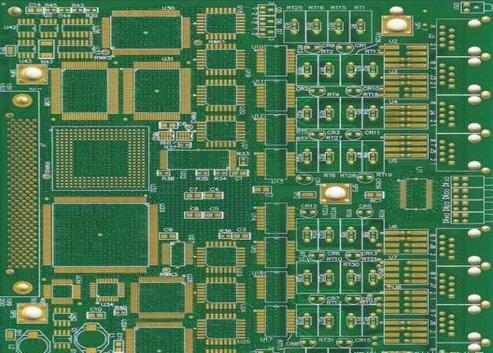Quality inspection standards in patch processing and the causes of wicking
1. Quality inspection standards in patch processing
1. Formulation of inspection standards
Each quality control point of patch processing should formulate corresponding inspection standards, including inspection objectives and inspection content. Quality inspectors on the SMT patch line should strictly follow the inspection standards. If there is no inspection standard or the content is incomplete.
It will bring considerable trouble to the quality control of the entire PCBA processing process. For example, when it is judged that the components are biased, how much deviation is considered unqualified? Quality inspectors often judge based on their own experience, which is not conducive to the uniformity and stability of product quality. When formulating the quality inspection standards for each process, all defects should be listed as far as possible according to their specific conditions. It is best to use the method of diagrams to facilitate the quality inspectors to distinguish.

2. Statistics of quality defects
In the process of SMT patch processing, the statistics of quality defects are very necessary. It will help technicians and managers to understand the quality of the company's products. Then make corresponding countermeasures to solve, improve and stabilize product quality.
Among them, PM quality control, that is, the defect statistical method of parts per million is the most commonly used in defect statistics, and its calculation formula is as follows:
Defect rate [PPM] Total number of defects/total number of solder joints*sixth power of ten.
Total number of solder joints = number of test circuit boards x solder joints
The total number of defects = the total number of defects of the detected circuit board
For example, there are 1000 solder joints on a printed circuit board, the number of printed circuit boards detected is 500, and the total number of defects detected is 20, then it can be calculated according to the above formula
Defect rate [PPM]20/(1000*500)*sixth power of ten=40PPM
Compared with the traditional statistical method for calculating the through rate of printed circuit boards, the PPM quality system can more intuitively reflect the control of product quality. For example, some printed circuit boards have more components and are mounted on both sides.
The process is more complicated, and some printed circuit boards are simple to install and have fewer components. The same calculation of the single board through rate is obviously unfair to the former, and the PPM quality system makes up for this deficiency.
3. Implementation of quality management
In order to carry out effective quality management, in addition to strictly controlling the production quality process, we also adopt the following management measures:
(1) When purchasing components or parts processed by outsourcing, they need to undergo random inspection (or full inspection) by inspectors before entering the warehouse. If the pass rate is found to be less than required, the goods should be returned, and the inspection results should be recorded in writing.
(2) Quality technicians must formulate necessary quality-related rules and regulations and work responsibility systems. The quality accidents that can be avoided artificially are negotiated through laws and regulations.
(3) Establish a network of comprehensive quality organizations within the enterprise to ensure timely and accurate quality feedback. The best quality of personnel is selected as the quality inspector of the production line, and the administration is still under the management of the quality department, so as to avoid the interference of other factors to the quality judgment work.
(4) Ensure the accuracy of inspection and maintenance equipment. Product inspection and maintenance are implemented through necessary equipment and instruments, such as multi-meters, anti-static wrists, soldering irons, and ICT. Due to the surface, the quality of the instrument itself will directly affect the quality of production. It is necessary to send inspection and measurement in time according to regulations to ensure the reliability of the instrument.
(5) SMT chip processing plants should hold regular quality analysis meetings. Discuss the quality problems that arise and determine the countermeasures to solve the problems.
2. Reasons and countermeasures of wicking phenomenon in SMT patch processing
As long as the cause is due to the large thermal conductivity of the component pins, the temperature rises rapidly, so that the solder preferentially wets the pins, and the wetting force between the solder and the pins is much greater than the wetting force between the solder and the pad. The upturning will aggravate the occurrence of wicking.
Solution:
1. For gas-phase reflow welding, the SMA should be fully preheated first and then put into the gas-phase furnace;
2. The solderability of PCB pads should be carefully checked. PCBs with poor solderability cannot be used for production;
3. Pay full attention to the coplanarity of components, and devices with poor coplanarity cannot be used in production.
In infrared reflow soldering, the organic flux in the PCB substrate and the solder is a good infrared absorption medium, while the pins can partially reflect infrared. Will be greater than the wetting force between the solder and the lead.
Therefore, the solder does not rise along the lead, and the probability of wicking phenomenon is much smaller.